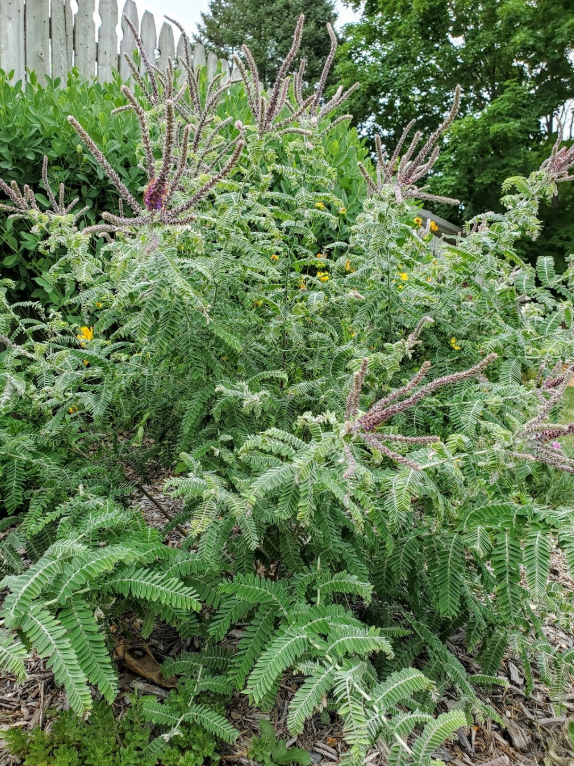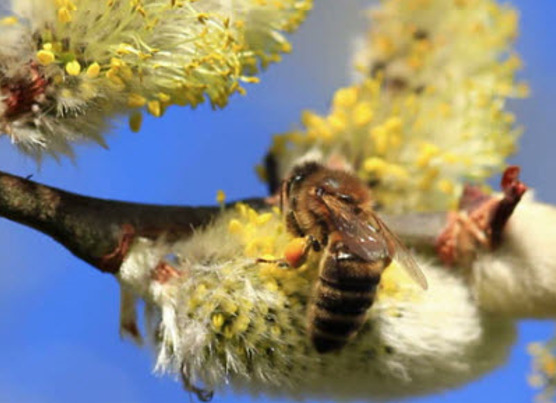Bring Back the "Wild"
Pussy willow (Salix discolor) is an early bloomer for pollinators
Garden trends are put out every year. For 2022, one of them is Gardening for Wildlife. The desire to populate our planet with more pollinators continues as we also consider the other “wildlife” in our own backyards. Including microbes and mammals and more.
We look to native plants and the ecosystems they provide. From forests to backyards, native plants play an important role, not only in providing for pollinators, but supporting everything from above ground to below. Minnesota Natives

With deep roots, native plants substantially increase the ability of soil to absorb and retain water. Some native prairie grasses have roots as long as 10 feet.
That means they reduce runoff, attract microbes, fungi and earthworms, which break down organic matter releasing nutrients and carbon dioxide into the soil while feeding those native fungi and worms! WHEW! That’s a LOT.
And then we get the bonus of beautiful flowers and our pollinators get pollen.

Prairie dropseed before flowering
Native flowering perennials offer seeds, pollen and nectar for various bees, butterflies and birds too! Fun fact, Minnesota is home to countless pollinators including nearly 400 species of native bees!

New England Aster and bumblebee
If the insects don’t get what they need, the birds that eat them don’t get what they need and the wildlife that feed on birds don’t get what they need... you see where I’m going with this? Circle of Life.

This rain garden is all native species
Groundcovers offer protection for smaller mammals, insects and other wildlife that live close to the ground. And bonus, they help reduce erosion too.

Creeping Phlox – Phlox Subulata
Shrubs offer sustenance for songbirds. The St. Paul Audubon Society offers a guide. We have some pretty ones in Minnesota including Pagoda dogwood, Nannyberry, Leadplant and more!

Leadplant
And then there are trees! Oh, they offer something all year round. From food to shelter and even in their brokenness (when their lives are spent) they offer shelter and food as they decay. That is, if you have the space for them to decay naturally.

Hackberry - a tough native beauty
The bottom line is that we can have beautiful landscapes while caring for our native wildlife and our planet as a whole! So dang cool.
Oh one more native… Partridge Pea is a self-sowing ANNUAL. Notice the brown elongated seed pods in the photo below? They burst open and spread their seed. Partridge Pea is planted by seed and flowers from July to October!

Partridge Pea flower up-close in late July

Partridge Pea in October
Other resources:
- Native Plant Finder from NWF – just put in your zip code
- The National Wildlife Federation Garden For Wildlife
- More of the “whys” of planting natives from Oregon State Native Plant Benefits
Where the wild things grow,


